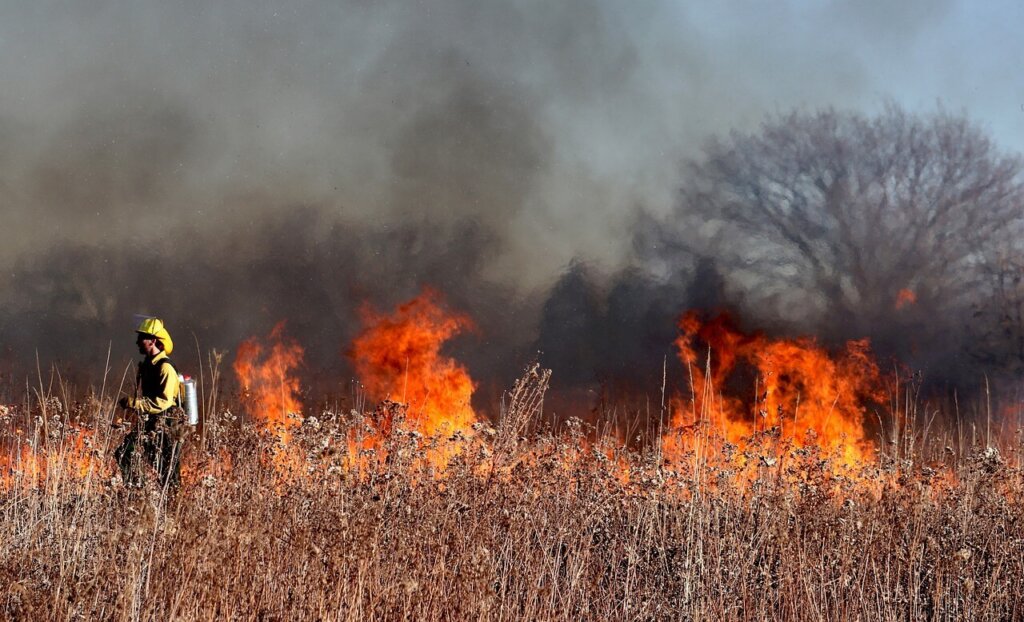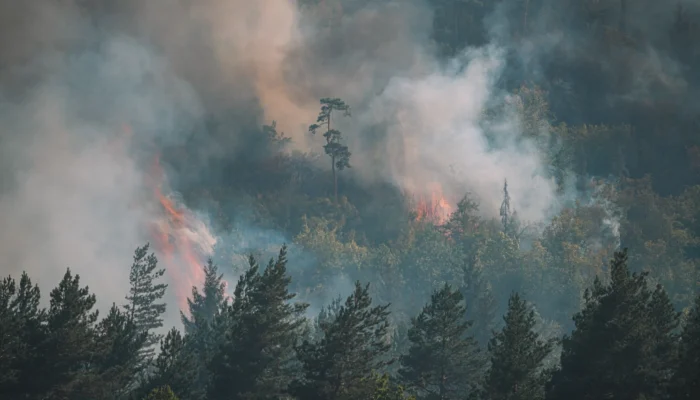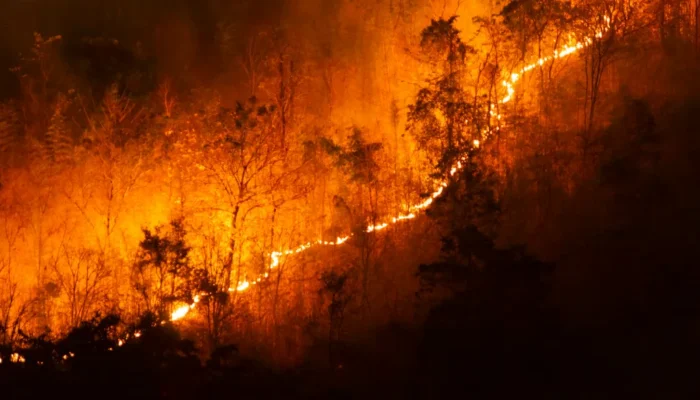With the level of destruction a single wildfire can cause, finding the most effective ways to prevent them or at least limit their spread is crucial to protect not only the environment and assets but also human life. While wildfires are impossible to predict accurately, many methods can be used to reduce their risk. These include helping local communities and tourists understand wildfire risks, proper wildland and forest management, and the implementation of modern fire detection systems. In the article below, we’ll take a closer look at them.
.
Table of Contents
ToggleBeing a Responsible Wildlife Tourist

Many wildfire prevention methods have to be introduced by local authorities or implemented by firefighting or forest services, but there are things that each individual person can do as well. Most forest fires in the US are linked to human activity, so being responsible and careful whenever you visit a forest can greatly reduce such risks. What does it mean?
First of all, it’s important to always follow local regulations and official warnings. Don’t throw lit cigarettes or even a cigarette butt onto the ground, and never leave an open fire unattended. Avoid trash burning and using fireworks in wooded areas or anywhere in their close vicinity. These are just a few examples of simple rules we can all follow to help prevent wildfires.
.
Educational Campaigns Promoting Fire Safety
Preventing wildfires starts with understanding their causes. Educational and awareness campaigns are a great way to share useful knowledge and make people more aware of their impact on wildland and forest areas. Such initiatives can be used, e.g., to explain how to use a fire extinguisher or handle flammable materials.
It’s also worth placing information boards near popular camping spots with posters reminding campers to wait until the fire pit is completely extinguished or to put it out with at least one bucket of water before leaving the campsite. This may seem like a really simple idea but can make a lot of difference.
.
Monitoring the Most At-Risk Areas
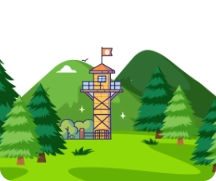
Although predicting wildfires themselves is impossible, we can identify areas that are most at risk based on several factors, such as previous wildfires, weather forecasts, terrain characteristics, local infrastructure, and the presence of flammable materials. Implementing effective monitoring systems, e.g., fire lookout towers or automatic camera detectors, in such places can help spot wildfires before they get out of hand. With 24/7 monitoring, it’s possible to spot early signs of smoke and fire and react quickly before a relatively small problem, such as a fire pit left burning overnight, turns into an uncontrolled fire.
.
Using Forest Management Practices to Prevent Wildfires
Fires need fuel to burn and spread. The reason why forest and wildland fires spread so quickly is the abundance of potential fuel, including dry grass, shrubs, trees, and the buildup of dead vegetation on the forest floor. Taking such risks into account when developing forest management strategies can result in a much healthier forest environment and a significantly reduced risk of devastating wildfires occurring in the area.
What methods can be used to make wooded areas less susceptible to the threat of fire? One option is to make forests less crowded by removing shrubs, clearing the forest floor, and spacing trees further apart. It may also be a good idea to clear out areas surrounding campsites to make sure that sparks from a campfire cannot reach and ignite nearby vegetation.
.
Maintaining Effective Fire and Smoke Detection Systems
When choosing a wildfire detection system, it’s crucial to look for effective and reliable solutions that are suitable for the type of terrain, weather, and wildfire risks specific to the area you want to monitor. It may also be a good idea to consult an expert to determine how many detectors will be needed to cover the surrounding area and how high they should be installed.
But the installation of such a system is only the first step. After that, regular maintenance is necessary to keep all components in working order, which includes, e.g., checking whether all detectors are properly connected and your software is up-to-date. To enjoy constant protection against the risk of wildfires reporting and fixing any issues with your detection system as soon as possible is essential.
.
Using Technology to Detect and Monitor Wildfires
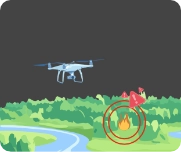
New technologies can be used in practically every area of life and business, and wildfire prevention is no exception to this rule. From sensitive optical sensors and software that uses artificial intelligence and machine learning algorithms to constantly improve its performance to wildfire drones capable of detecting smoke and fire from great distances, many innovative solutions can help local communities and firefighting services prevent forest fires and their devastating effects.
Innovative automatic detection systems, such as our SmokeD camera detectors, are equipped with AI and can be connected to mobile and web apps to provide 24/7 protection against wildfires within the monitored area.
.
Providing Firefighting Services With Effective Tools
Fighting wildfires is not an easy job. To do it safely and effectively, firefighters need more than just courage, knowledge, and experience. They need accurate information about the fire’s location, intensity, and spread, as well as specialized equipment capable of withstanding extreme conditions, such as intense heat. A quick response can make the difference between a small and easy-to-control fire and an uncontrollable wildfire.
Local authorities have an important role to play in efforts to prevent and contain wildfires. By investing in fire detection systems and well-trained and equipped firefighting services, they can better protect their communities from the devastating effects of wildfires.
.
Harnessing Wildfire Technology: The Role of Artificial Intelligence in Modern Firefighting
.
Staying Alert
At the very end of this list, we’d like to mention one more thing that each of us can do to prevent wildfires and that’s paying attention to what’s happening around us. The sooner firefighting services learn of a potential fire threat, the quicker their reaction, so never assume that someone else will make that call and report any worrying signs as soon as you notice them. It’s an easy step that can save many lives!
For more information on forest fires and methods to combat them, visit our blog! And if you’re looking for an innovative and automatic forest fire detection system to protect your home, business, or community, contact us to learn more about our offer!
